
Photo: Darren Hauck for The New York Time
Another post to be filed in the category “you can’t make this stuff up.” There is an article today on the front page of the New York Times titled, “Dope Tests in Ice Fishing? No, Beer Doesn’t Count.” It reports that after spending a week on a frozen lake, the competitors in the World Ice Fishing Championship all had to provide urine samples to the United States Anti-Doping Agency so that the agency could run tests to detect steroids and growth hormones. As noted by the Times, there are “drugs not normally associated with the quiet solitude of ice fishing.” Unlike in many other sports, competitive cycling comes immediately to mind, the drugs are not likely to help ice fishermen. “Fishing officials puzzled over whether doping would even help anglers jigging for panfish, roughfish and crappie.” The obvious question is why?

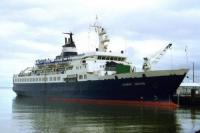 For almost a month, the small cruise ship
For almost a month, the small cruise ship 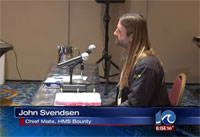 The US Coast Guard has wrapped up eight days of hearings on
The US Coast Guard has wrapped up eight days of hearings on
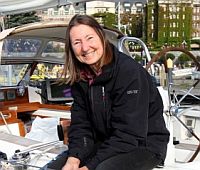
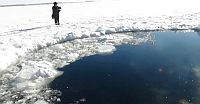

 UPDATE: The Soldini Maserati team set a new New York to San Francisco sailing record of 47 days, 2 hours and 33 minutes, breaking the previous record by ten days.
UPDATE: The Soldini Maserati team set a new New York to San Francisco sailing record of 47 days, 2 hours and 33 minutes, breaking the previous record by ten days.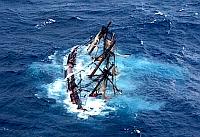
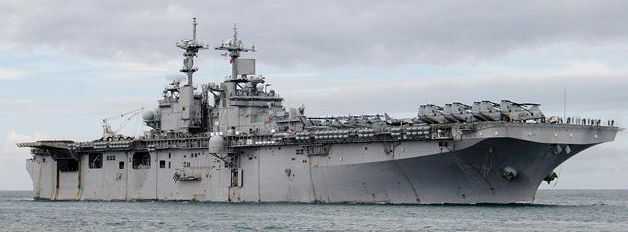 There is virtually no place on earth beyond its reach. No, not the US Navy. Starbucks. The coffee seller is now even opening a store on a navy warship, the amphibious assault ship,
There is virtually no place on earth beyond its reach. No, not the US Navy. Starbucks. The coffee seller is now even opening a store on a navy warship, the amphibious assault ship, 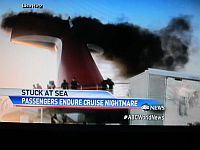 There is a fire in one of two engine rooms on a cruise ship. The fire is extinguished but the damage has been done. The cruise ship blacks out – losing power and most electricity. The ship is adrift in the ocean. There is so hot food, hot water, or air conditioning for the several thousand passengers and crew aboard the ship. Conditions aboard become extremely uncomfortable as sewage systems back up, food in refrigerators rot, and the temperatures below decks become sweltering. Finally, tugs are hired to tow the ship into the nearest port.
There is a fire in one of two engine rooms on a cruise ship. The fire is extinguished but the damage has been done. The cruise ship blacks out – losing power and most electricity. The ship is adrift in the ocean. There is so hot food, hot water, or air conditioning for the several thousand passengers and crew aboard the ship. Conditions aboard become extremely uncomfortable as sewage systems back up, food in refrigerators rot, and the temperatures below decks become sweltering. Finally, tugs are hired to tow the ship into the nearest port.